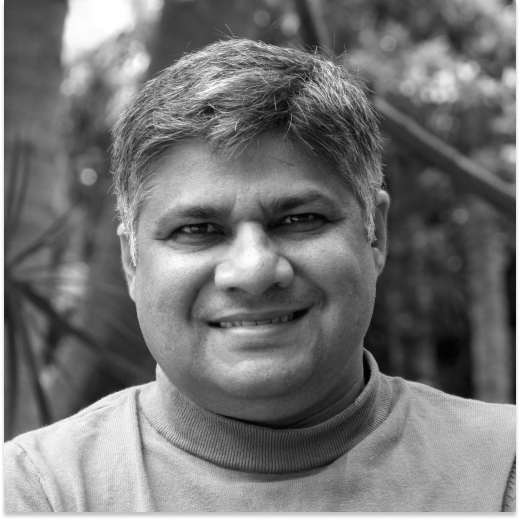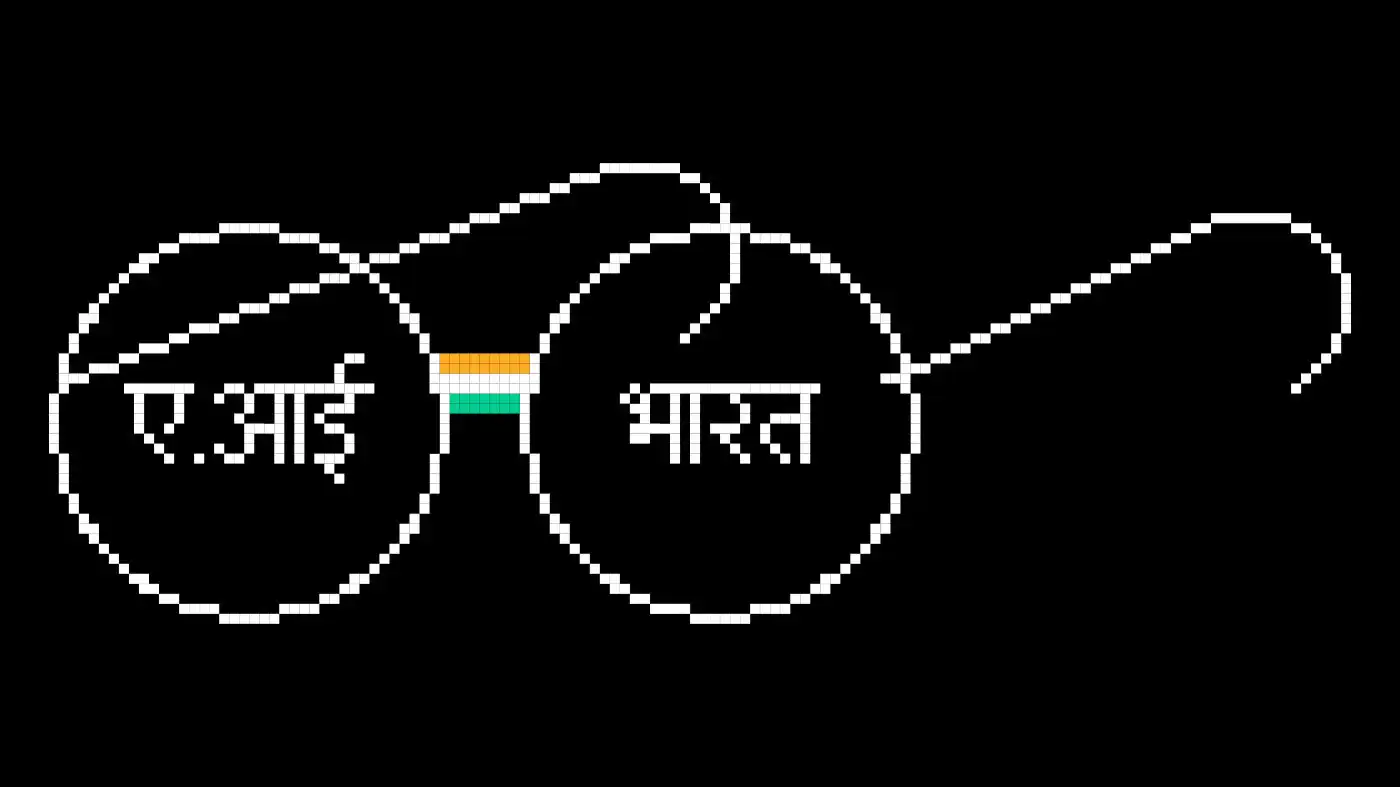// Tagged with AI-first Entrepreneurs India-US
Part of me wanted to postpone Vertical Velocity.
If I were writing this a few months ago, I would say we’re unconvinced about this program’s success. I was sure of the idea, but I wasn’t sure we had done enough to inspire people to embrace it.
I’ve heard this phrase often, “It’s not the destination but the journey.” When we build properties at SaaBoomi, we do it with the conviction that we want to enable founders to achieve our shared dreams of building a product nation. But the human mind, or mine at the very least, often skips past the philosophy and forces us to deal with the very existential question: Will we make it?
I faced similar doubts when we were conceptualising Vertical Velocity.
Our idea was not to hold an academic conference or a think tank discussion about the future of AI in SaaS. We wanted an intensely practical program that goes deeper than most GTM accelerators do.
Dev Khare of Lightspeed, a member of SaaSBoomi’s governing council, generously offered to co-create this new concept. We knew founders based in India need 1:1 mentorship and tactical playbooks, especially at that critical juncture after crossing $100,000 ARR, when they are ready to dive into the US ecosystem.
But our initial call for applications from 12 startups came up short.
What were we missing, we asked ourselves?
The answers were hazy.
But three things changed:
- Dev, Aneesh, and I decided to narrow our scope to healthcare startups. The American healthcare system is extensive and riddled with opportunities for disruption. Focusing on one track would not only channel our energies but also shape the kind of companies we wanted to invite.
- Vivek and Venkat stepped up. They jumped in to shape the format and curate the cohort. Each introduction they made led to 10 others, which led to 10 more. Once we had clarity, the universe brought together some of the best speakers and founders.
- Shivangi, our SaaSBoomi fellow, spent three to four hours daily communicating with speakers and startups, and helped us nail the program design.
- And then came the crew that made it all real. Anshuman, Anubhav, Keerthi, Laxman, and Vipul were the backbone, chasing details, troubleshooting chaos, and ensuring the program delivered exactly what it promised. Their fingerprints are on every sharp edge and smooth landing.
The design we have now helps companies understand and navigate the American healthcare market. It answers the kind of questions founders have when they are past the “AI is going to transform everything” phase and in the “how do we actually sell this to clinicians” phase.
Doubt gets a bad rap in startup culture. We’re supposed to be all about conviction. But the doubt the team and I felt was actually helpful. The way to work around it was through it. So much of putting together events — and building anything, really — is about a consistent grind. Negotiating those doubts was like taking the scenic route, but it has brought us to a very happy place.
The first edition of Vertical Velocity kicked off with an action-packed US immersion on September 29, and the coming months promise more excitement. Here is a recap:
Welcome dinner
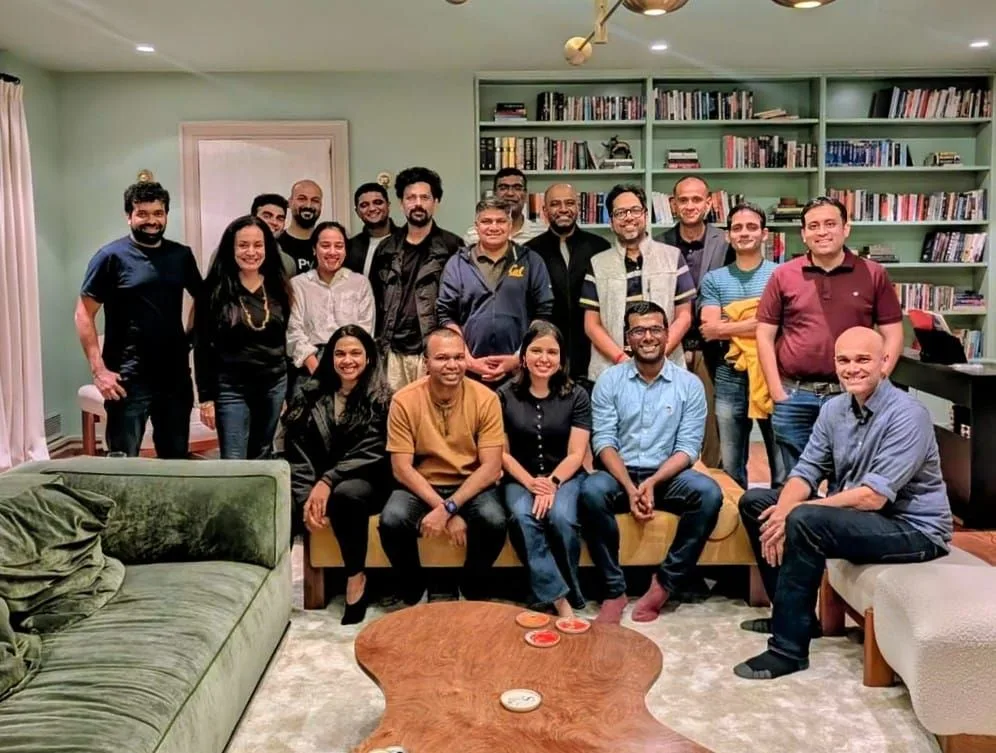
Dev Khare threw a welcome mixer for us, and it did what any good mixer should: it brought people together. Twelve founders who’d never met rolled in nervously, unsure what to expect. Somewhere between the pizza and the second drink, the guard lowered. By the end of the night, you could see the seeds of actual connection, not mere networking. That camaraderie grew into real collaboration over the next few days.
Day 1
Our opening set of speakers helped the founders shed any rose-tinted glasses they might have put on by accident. Their clear-eyed presentations dug right into the early fundamentals of cracking US healthcare.
Rohan D’Souza of Avante explained that the revenue cycle is king in this space. Pick an entry point and find who calls the shots, even at so-called “independent” practices.
There are as many priorities as there are healthcare buyers, Vijay Anand, CTO, First Stop Health, pointed out. But one of the surest ways to win them over is proof of dollars saved.
My favourite insight from Brent Lang: Clinicians beat CIOs as your best champions inside hospitals. He also drove home the long-term payoffs of vertical depth over horizontal speed.
US sales needs a founder on the ground, not just a rep. Ashish Gupta advised the cohort that co-locating your GTM and product brains can prevent the otherwise punishing 12-hour US–India lag.
Day 2
Talks on building in healthcare AI continued, spanning the major opportunity in mental healthcare and the complex inner workings of compliance.
Carl Byers started the day with an endorsement for deep domain expertise over generic tech. Even small niches can be billion-dollar markets if you genuinely know the workflow.
SaaS founders can earn initial trust with outcome-based pricing, but they can win big with predictable, subscription-style revenue models, according to Rashmi Gopinath. She also underlined that it is smart to reduce dependence on prominent vendors and build one’s own margins.
Mental healthcare payments in the US are quickly moving from cash to insurance. Mohit Daswani said there is a greater need to automate the admin than to replace the therapist.
His view echoed that of Melindah Sharma, Rich McDerby, and Brandon Reilly: Mental health remains one of the most resilient entry points in the US market. Their talk also covered how compliance is about progress rather than perfection.
Day 3
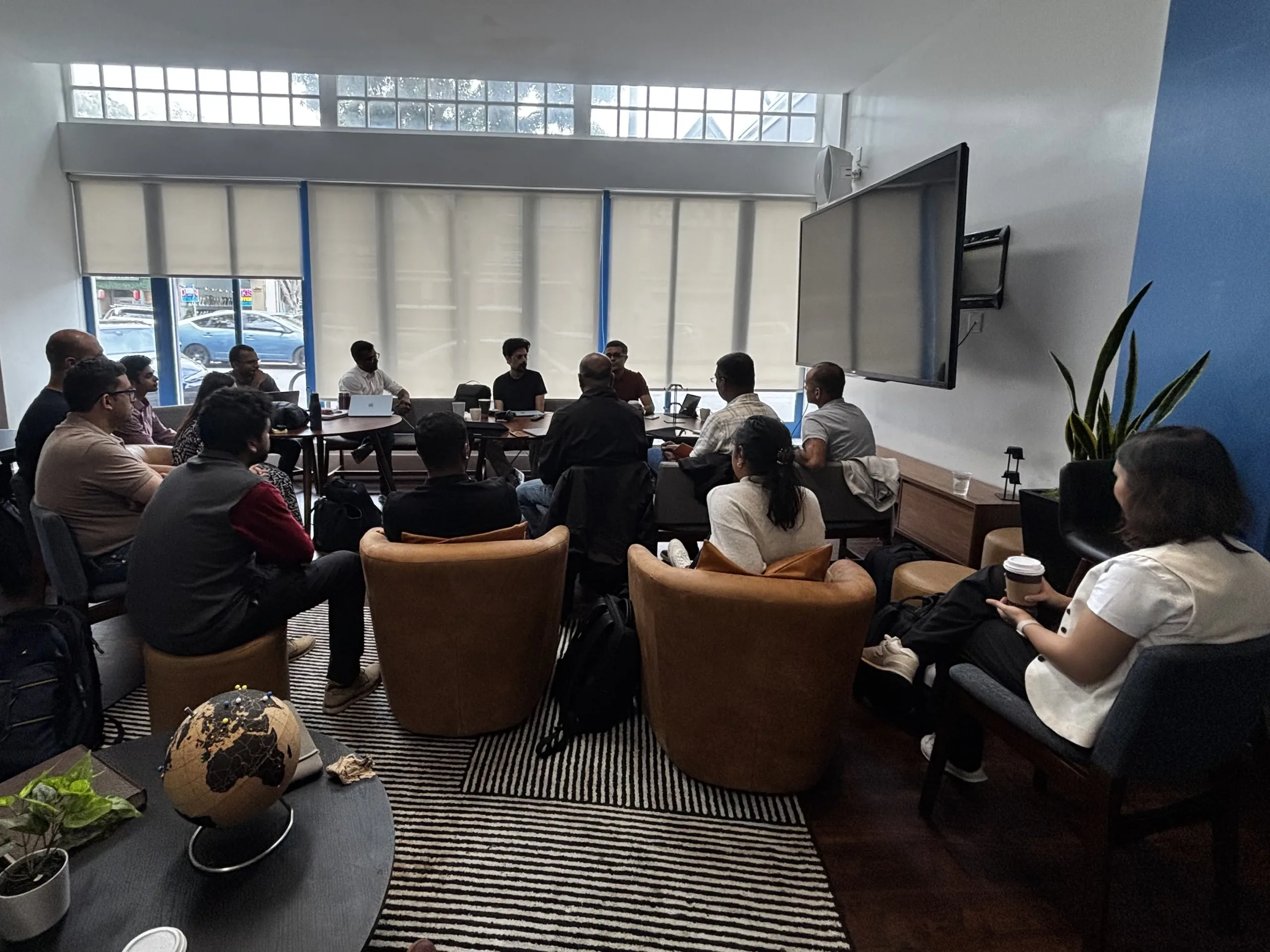
We set out to build trust with doctors and price AI solutions correctly as a new company in the US.
Vijay Adapala helped the cohort think beyond large integrations as a starting point. Prove yourself on smaller platforms before knocking on the big doors, he suggested. The right champions inside EHR systems can make or break your go-to-market.
Healthcare doesn’t move fast, but when it does, it moves with conviction. Punit Soni explained with the example of Suki AI, for whom long-term partnerships unlocked real scale, and timing defined success. You can build a great product, but the market has to show up.
Take it from a doctor: Selling to doctors is about listening, not convincing. Trained trauma surgeon Erin Palm, MD, also told the cohort that pricing in this space needs to be realistic, not hype.
Aaron Fanous pointed to winners emerging in the market at the moment: Claims, clinical, and ambient AI.
Day 4
We heard from seasoned VCs and leaders on what investors are seeking and what scale looks like in this particular market.
Jyotika Gupta, Anuradhika A, Varsha Rao see the next wave of value in voice, RCM, and admin AI. A scribe isn’t a company; they think: The moat lies in the full workflow you enable around it.
Ajay Gupta spoke on the pitfalls Indian founders in the US market should avoid: Never race to the bottom on pricing. Another great tip: Healthcare may look like one market, but it is 50 mini-markets held together by billing codes.
Conferences, data-driven discovery, and deep understanding of workflows are better ways to know that market than “spray and pray.” That’s a Daniel Chaitow pearl of wisdom. He said scale should come from learning, not templates.
Priya Ramachandran reiterated the value in starting small: The 10-30 doctor practice is the way into US healthcare, not Kaiser. Also, go for a handful of high-quality angels who bring better.
Day 5
We closed this season of sessions with boots-on-the-ground common sense. The speakers covered enduring truths about breaking into a new market and the windows of opportunity that are likely to open next.
Abhishek Jha led the cohort away from the crowded, competitive scribing market to explore avenues of vertical depth — accuracy, compliance, and coding complexity — in oncology, home health, and long-term care.
It was a thrill listening to Nitesh Shroff’s story. He drove to 200+ Athena clinics in Florida, selling door-to-door, just to land the first integration. His biggest lesson? Trust is the real currency in healthcare. No amount of product demos can repair the damage from a single bad reference.
Sessions done during Caravan ‘25
Dhruv Joshi, meanwhile, reminded the cohort that AI in healthcare isn’t just about data, it’s about context. Selling starts with clinicians, not CIOs. If you can speak their language and earn their trust, they will champion you internally.
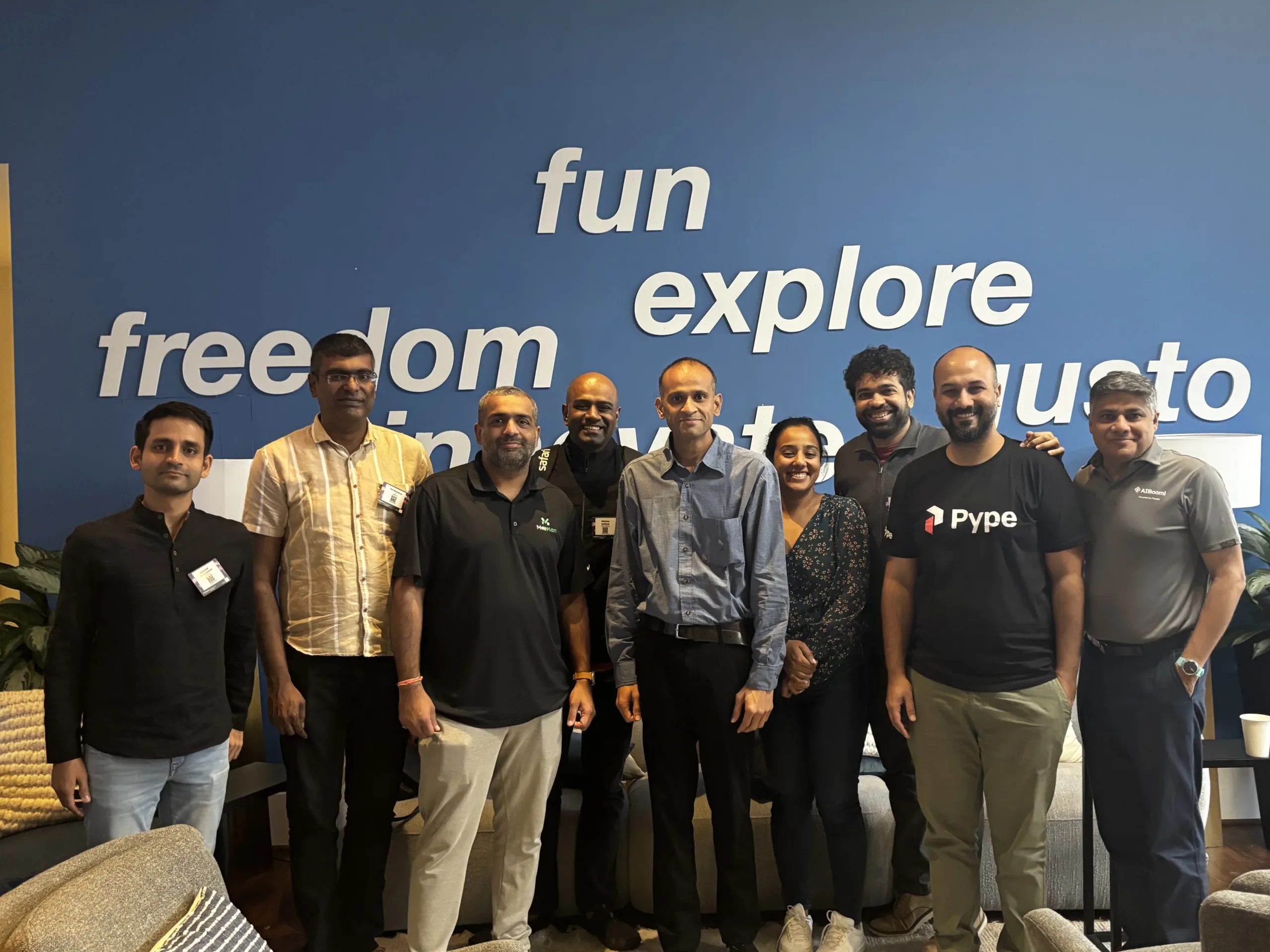
Kanav Hasija broke down the economics: to build in US healthcare, follow the money before the mission. He unpacked how every dollar flows: from employer premiums to hospital margins. And why incentives (not intent) drive adoption. For startups, the lesson was clear: understand who profits, who pays, and how your product moves the needle. Only then do you stand a chance to scale.
Closing thoughts
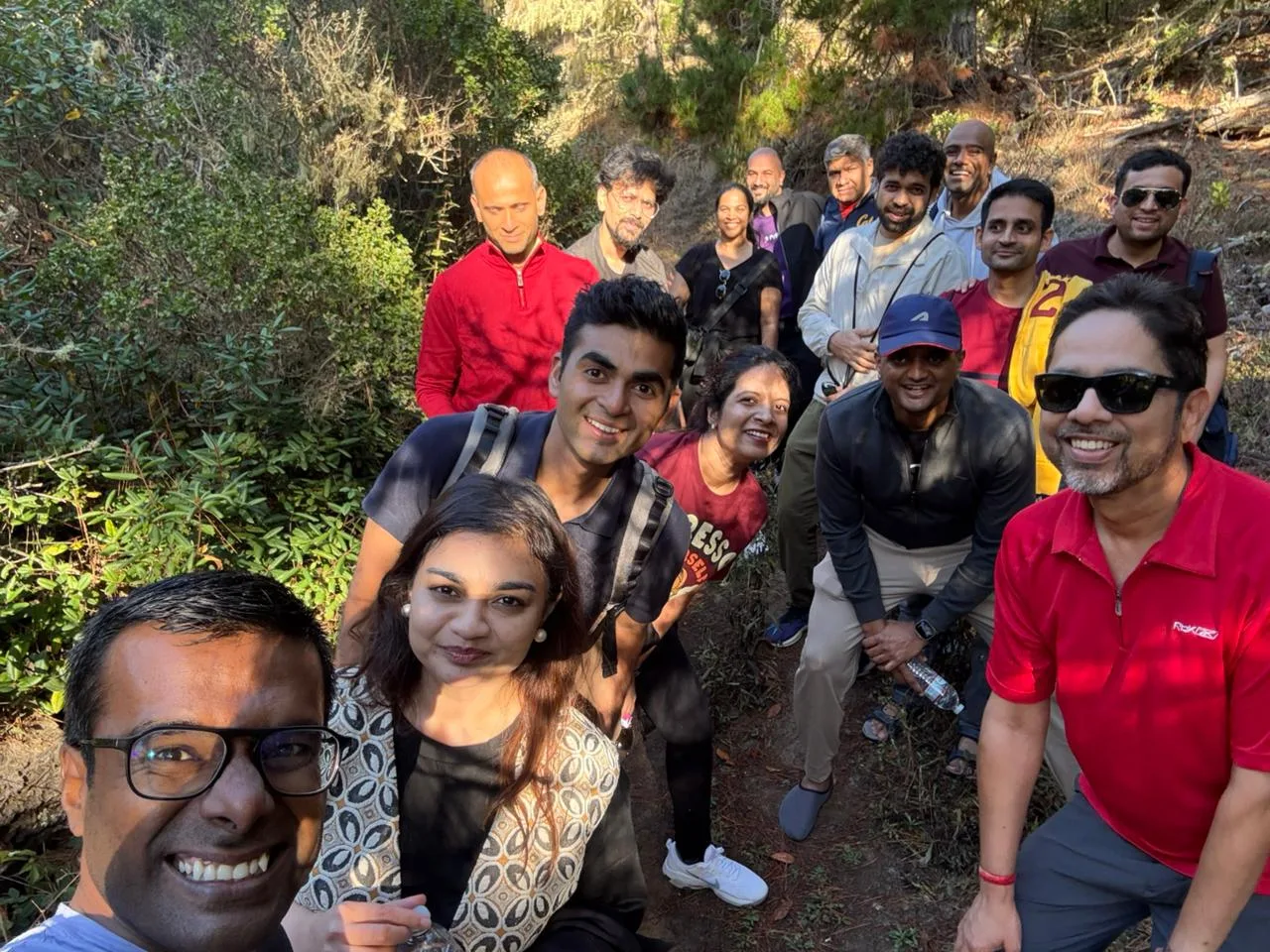
Something about getting out of conference rooms and into the open air feels right. Once the event was done, we had a short break before we dove headfirst into Caravan. I used that time to walk around San Mateo and reflect on the past few months.
I’ve had many lessons through it, but three I will treasure.
- If you’re nervous about something, it means that something truly matters to you. Listen to yourself.
- Push through the doubt. You’ll accomplish nothing if you leave your task incomplete.
- Follow through on your convictions, and you will achieve success because success is all about grit and consistency.
The program is already making a name for itself in the community, and enquiries about future editions are rolling in from verticals beyond healthcare.
To all those asking: this was just the first cohort. Vertical Velocity is just getting started. 🚀
// Tagged with AI-first Entrepreneurs India-US




